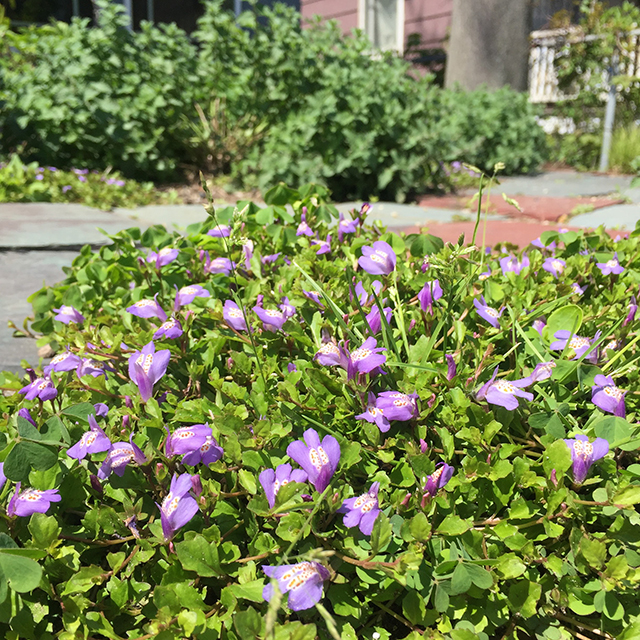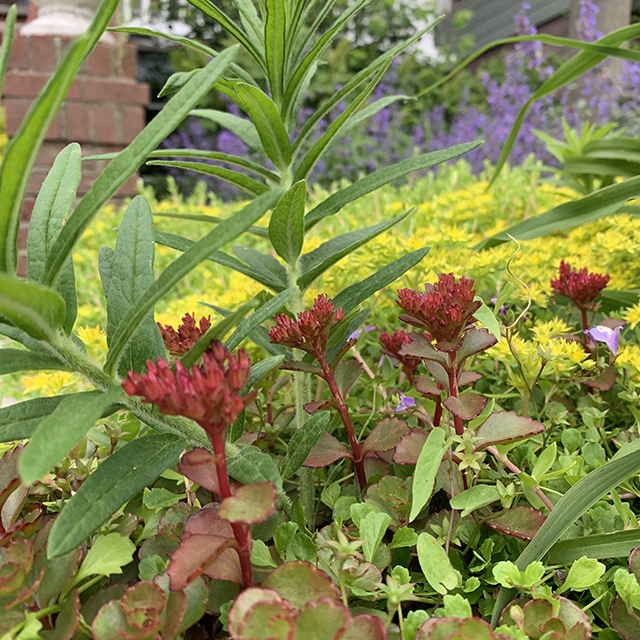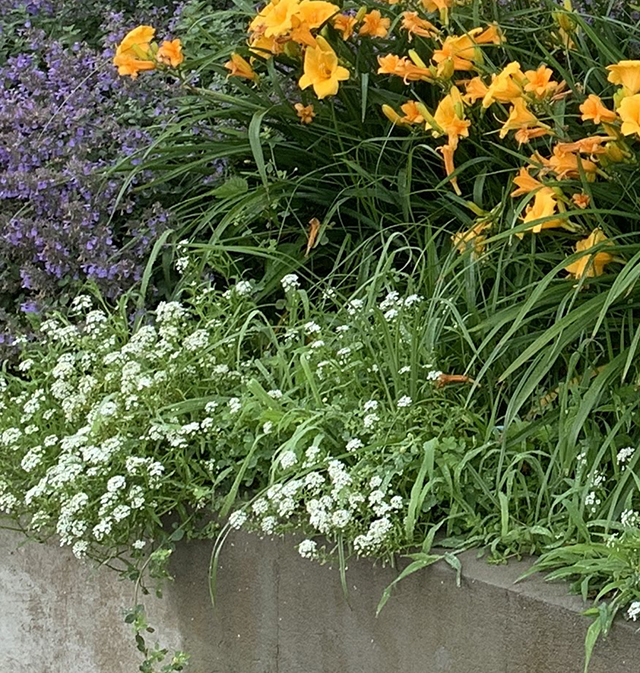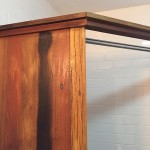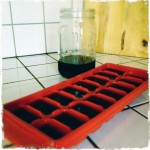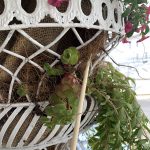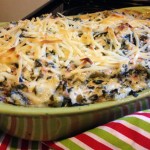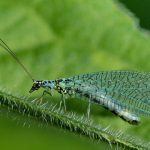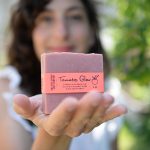Groundcover or Grass?
I remember my father taking so much care to make his little patch of grass perfect. But there was always some kind of problem – grubs one year, the neighbor’s cat the next year. And us kids that one time we destroyed the grass with Slip N’ Slide! I’ll never forget my father’s face after seeing the mud puddles everywhere, which looked more like a Florida marshland than a Long Island lawn … oops.
There’s so much maintenance to lawn care. “Don’t walk on the grass, I just put down fertilizer,” my father would say all the time. And he’d complain about the water bill too. The idea of the perfectly bright green lawn is in a sense the “american garden” standard. I find it a little comical though, you have this piece of property and yet you can’t really use it because the grass is so delicate and prized. And grass is not beneficial to animals or insects. So why are lawns popular? I suppose it’s a status symbol of the American dream, the white picket fence … that kind of thing.
This brings me to groundcover as a substitute for grass. I’m a huge fan of it for many reasons. Groundcover is versaille and there are many different varieties suited for different environments, moisture levels and soil types. Using groundcover within a garden adds dimension, color and texture. Unlike grass, a flower garden attracts bees and insects that are crucial to our ecosystem, especially in the city.
I have three groundcover recommendations that will work very well in Rockaway. Consider using them throughout your garden and instead of grass.
Purple Mazus: This is one of my favorites. The flowers are gorgeous. They’re mostly purple but if you look closely, you see a tiny bit of orange and white. Mazus blooms in early spring, bringing that first burst of color to your garden. The dark green leaves continue to spread throughout the season and help prevent unwanted weeds from sprouting. Mazus does best in full sun and well-drained soil but are tolerant to many conditions. Lisena Garden Center (12-5 Cross Bay Blvd, Queens, NY 11693 / 718.607.5413) will have creeping phloxs available in the next few weeks. Keep an eye out for this beautiful, versatile groundcover.
Sedums: There are so many! And they’re drought tolerant, and love sandy soil. These succulents like full sun but will do fine in part-sun. There’s so much variation in color and leaf appearance. The ones in my garden that thrive are: sedum reflexum (green/yellow in color) and sedum pachyclados (dark purple to bright maroon bloom). These can be clipped and put directly back into the soil as a propagating technique, it’s that easy. Sedums also spread on their own and require very little nutrition from the soil.
Alyssum (white or purple): This puffy white plant found its way into my garden from my neighbors garden a few houses down. The plant is a bit higher than a traditional groundcover (8 inches tall) but it works the same way. Alyssum is an annual that reseeds itself and returns yearly like a perennial. It can almost be considered invasive due to how much it spreads but with some care this groundcover can add a sea of white “snow” to your landscape design. Sun to part-sun, drought tolerant and Alyssum does not require nutrient rich soil.
For more on gardening, follow Paula for the day-to-day IG: @theglorifiedtomato
